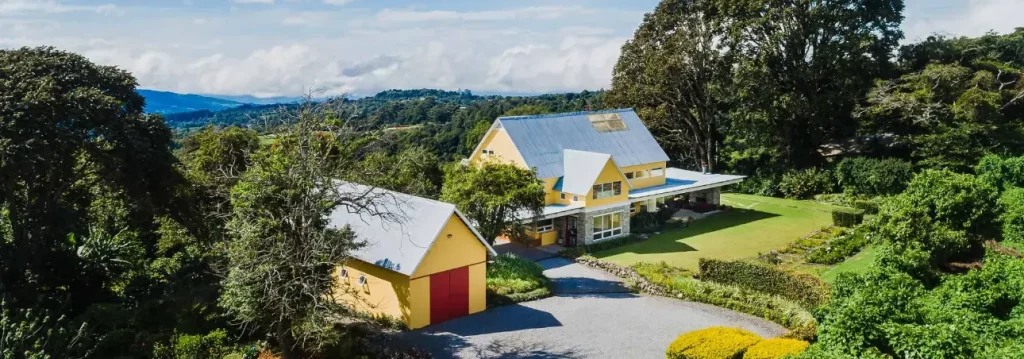“Panama’s Canal Divides A Country Into Haves And Have-Nots”
It is true that Panama has a lot of poverty and that inequality is very evident. The good news is that with so much economic growth, while greatly enriching the influential of the country, the lot of Panamanians as a whole has also improved. The average and minimum wage of workers in Panama has dramatically increased in the last 10 years and unemployment is officially at about 4.5%. There are more jobs available than can be filled for any Panamanian who has basic skills and is ready to work. Some say this means that the country is at full employment. This is one of the reasons that immigration programs are being relaxed to invite an influx of work-ready people to help fill those job needs.
In the meantime, the education system has yet to catch up. There are signs that the government and private employers are stepping up with training programs and better schooling in order to assist those 4.5% with the skills needed to enter the workforce as well as to prepare the next generation for a potentially much brighter future.
The other side of the education component is interesting. One of our staff’s family members relocated with her family to the U.S. from Panama City. Her children had attended a typical good school in Panama City and were considered decent students. But once they reached the States, the three children attending U.S. school found themselves far ahead of their U.S. peers. They all quickly raised to the tops of their classes despite limited English skills. This seemed astounding but told a mixed story. Certainly the Panamanian education they had received was superior in this case. Perhaps the U.S. school they attended was not in the upper echelons. If they had attended a U.S. school in a different location maybe they would not have been so far of ahead of kids their own age. But regardless, the education system in Panama had served these children well.
This article points out the inequalities within Panama, yet it also highlights a success story of Singaporean proportions in the making.
Excerpts from the by Tim Padgett June 1, 2014 NPR article:
by Tim Padgett
“Jorge Quijano has one of the coolest office views in the Americas: the Pacific port entrance to the Panama Canal. The panoramic vista seems to help Quijano, who heads the Panama Canal Authority, see the bigger picture.
On the one hand, Quijano understands why Panama has run the canal so effectively since the United States handed it over in 2000.
“When the United States built the canal, it was treated like a noncommercial utility, like a water filtration plant,” Quijano said in an interview at his Panama City headquarters. “We’re running it as a business.”
One that’s expected to rack up revenues of more than $2.5 billion in 2014, and which moves 330 million tons of cargo in and out of the Western Hemisphere each year.
But Quijano, while stressing that he’s an engineer and not a politician, also concedes that more Panamanians need to see more of that wealth.
For starters, he says, “Panama has to strengthen its education,” which is rated among the world’s worst. “There’s so much investment coming into Panama now, but if we don’t have [trained] people, those investments will go elsewhere.”
This year marks the Panama Canal’s 100th anniversary. Panama is nearing completion of a more than $5 billion expansion of the waterway, and it recently elected a new president, Juan Carlos Varela. There has never been a more critical moment for the country to see the bigger picture Quijano warns about.
Glaring Inequality
If Panama doesn’t start addressing the inequality that keeps almost 40 percent of its population in poverty it may well threaten to turn the boom into bust.
To Panamanians, what the U.S. did in handing ownership of the Panama Canal to Panama is as important as the maritime marvel the U.S. built in 1914.
And Panama has made the most of it. In the past five years, its economy has grown faster than any in Latin America. Panama City has a new subway. Its waterfront skyline now sports the region’s tallest skyscraper, the Trump Ocean Club.
In fact, Panama today rivals South Florida as a prime shopping destination for many in Latin America.
When you go to Miami, you will see a lot of people with luggage in the malls buying things,” says Carlos Urriola, executive vice president of the Manzanillo International Terminal (MIT) next to the canal’s Caribbean entrance. “Today you see this in Panama.”
The MIT, now one of Latin America’s largest ports, handles 20 times more freight than it did in 2000.
“It’s amazing,” says Urriola, “that a small country of 3.5 million people has so much influence in what happens to world commerce.”
Read the rest of the article here: NPR article about Panama Canal, Economic Growth and poverty continued.



